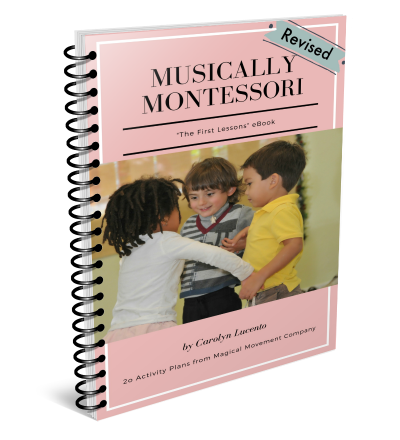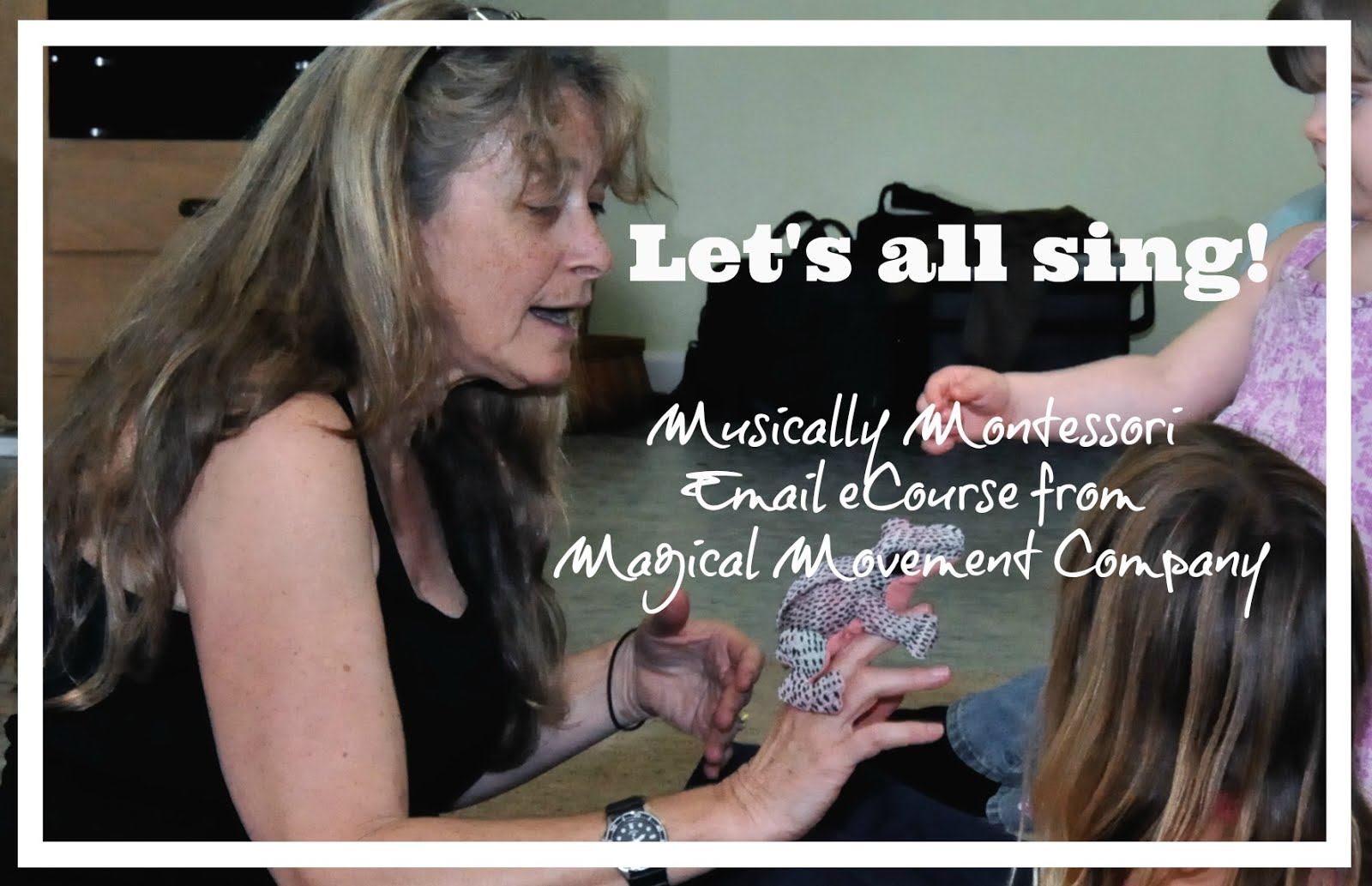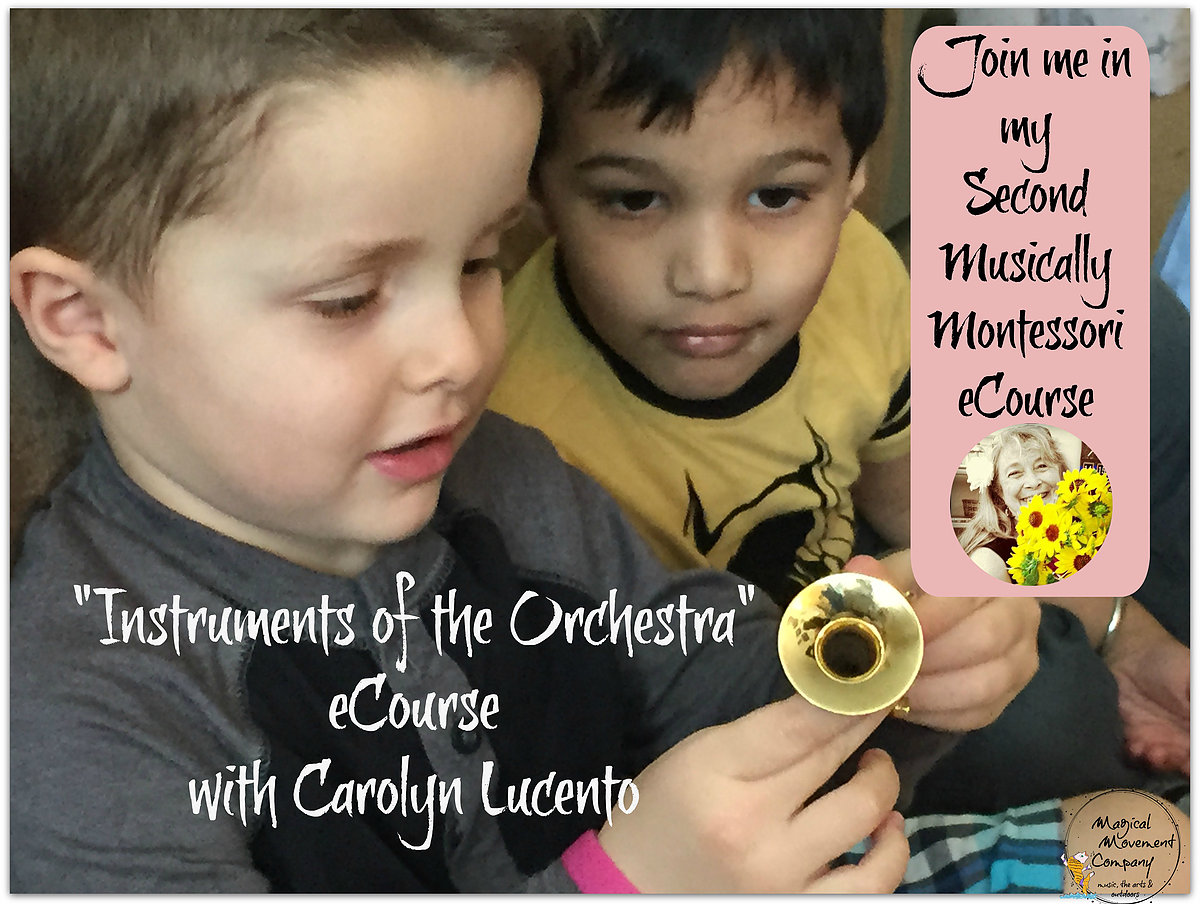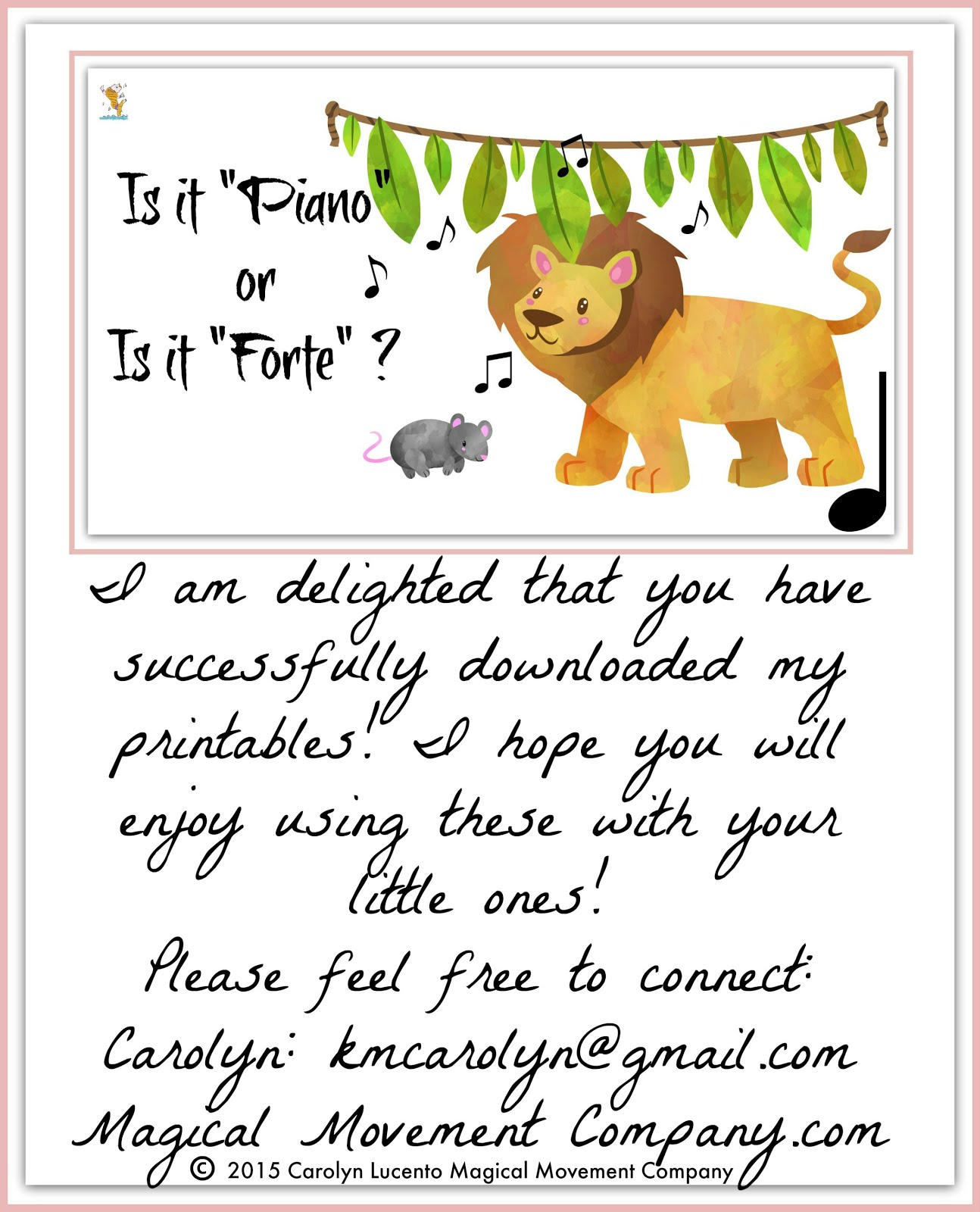HERE ARE THREE THINGS THAT WERE SO FUN IN OUR MONTESSORI MUSIC CLASSES THIS WEEK & THE "GIANT RAINBOW ELASTIC" WAS THE FAVORITE!
I am always so delighted that you have come to visit my blog and I hope you have gotten some fun ideas to try out with your group. Please feel free to leave a comment. I love hearing about your experiences!
Advertising Disclosure: Magical Movement Company may be compensated in exchange for featured placement of certain sponsored products and services, or your clicking on links posted on this website. Thanks for your support!
View Post
Original photo is taken from the website: Bear Paw Creek Movement Props
While I was reading a fun article at Music A La Abbot's Blog, I found a wonderful Link-up for music teachers at Mrs Miracles Music Room that is right up my alley! Each week music teachers post their articles about the three things that were most successful in their classes that week. The link up is chock full of music teaching ideas! You can read more at this link: Three Things at Mrs Miracles Music!


Here are the three fun things that the children loved in my Montessori Music classes:
- Singing "The Old Grey Cat" song
- Stepping to the Beat & Clapping Rhythms
- "Bouncing" rhythm patterns with our "Giant Rainbow Elastic!"
If you happened to read my post last week, you learned how much the children really enjoy this old favorite song from childhood about the old grey cat and the little mice. In case you missed it, here's my post about that fun activity: Music story in the Montessori Room, The Old Grey Cat.
Picture created by a photo from the artists at Dollar Photo Club
Last week we sang this song with the back-up cd from The Music Room Curriculum at Bushfire Press. It was like a karaoke experience and the children used their best singing voices! They remembered the words pretty well, with the picture prompts that I created. (see my past post sited above to see the picture/ word prompts)
The fun part of this song is the change from slow to fast in the music. I have used this song often to teach the concepts of "Largo" and "Presto" and the children have great fun acting out the little story as well as singing it and then, of course, playing rhythm instruments along with it! The song tells the story of little mice creeping (Largo) in the house while the old grey cat is sleeping. When the mice start to quickly nibble on the cheese the song speeds up.(Presto) Then, the mice fall asleep and the cat goes creeping (Largo again). When the mice wake up and see the cat they scamper away quickly and the song speeds up again. (Presto) Great fun while learning some music concepts!
We always have a large motor activity in the beginning of our classes, just after we "warm up" our voices, practice echo rhythms, and sing the Hello Song. Check out my little video featuring our vocal warm-ups at this link on my website: "Let's Warm Up Our Voices"."
Our movement activity was about beat and rhythm. We stood up for a lively song about stepping to the beat and then clapping a rhythm. The children have practiced so many echo rhythms over the past months and the ti-ti ta rhythm pattern is one of their favorites! (2 eighth notes one quarter note) You can read more about rhythm patterns with young children at my posts here:
and here:
I played some cd music with a strong and danceable beat and we first stepped to the beat...then we clapped a rhythm pattern, starting with the ti-ti ta pattern first. The activity alternates between stepping the beat, then clapping the rhythm patterns. The older groups (5/6 yr olds) could clap the rhythms AND step the beat at the same time!
Finally, it was time for me to take out the "Giant Rainbow Elastic" and it was very impressive for the children to watch while I pulled and pulled until I had the whole beautiful stretchy band out of its bag. That's why it's called "giant!"
It's really a "Stretchy Band" from Bear Paw Creek. Here is their link: Bear Paw Creek Movement Props. The children really enjoy the many activities we can do with this colorful "prop".
****THIS ACTIVITY MUST BE SUPERVISED BY AN ADULT AT ALL TIMES! YOUNG CHILDREN MUST NOT BE ALLOWED TO PULL THE STRETCHY UP OVER THE HEAD OR BEHIND THE NECK.
With young children, safety is of utmost importance, and so I always emphasize that I bring this activity to the classes of children who have gotten "older" and are very good at listening and following the directions that I give.
I work in schools that operate all year round and so the children have been in my music class for months, sometimes years, and are able to listen well. However, I do not bring the "stretchy" out until I am sure the children are ready as a group and do actually listen well.
First, I ask the children to sit in lotus position ("criss-cross legs") with their backs straight. Then I tell them that I will first be spreading the stretchy out so that it is close enough for them to reach it. I tell them it is important that they don't touch the stretchy until I say so.
I am always happily amazed at how much self-control these little ones exhibit at this point! Must be because they've had lots of experience with inhibitory control activities in music class throughout the year.
After the stretchy is all laid out, I invite the children to go up on their knees and then "creep" over (like the old grey cat!) to the "stretchy" and take hold of it. Next, they are shown how to creep back to their places in the circle and the "stretchy" stretches! We hold the "stretchy" with two hands across our laps and the children are smiling in anticipation!
We start by "bouncing" a rhythm pattern ("ti-ti ta" first, of course!). We do a few more rhythm patterns together and the children begin to understand how to move the "stretchy" in unison. I have discovered that this activity is a wonderful "community building" exercise!
The fun "Old Grey Cat" song is "bounced" with the "stretchy" held across the lap, and the children are very good at the slow (Largo) part and then they really enjoy the fast (Presto) part! All in all, this wonderful music/movement prop helps create an easy, fun learning atmosphere filled with singing, rhythm patterns, body coordination, and even "Largo" & "Presto" music concepts in a playful way.
The added bonus is the coordination of movement as a group that fosters a feeling of working together and having fun.
I found a video at the Bear Paw Creek Site that shows the "Giant Rainbow Elastic" in action.
I am always so delighted that you have come to visit my blog and I hope you have gotten some fun ideas to try out with your group. Please feel free to leave a comment. I love hearing about your experiences!
Advertising Disclosure: Magical Movement Company may be compensated in exchange for featured placement of certain sponsored products and services, or your clicking on links posted on this website. Thanks for your support!






















































